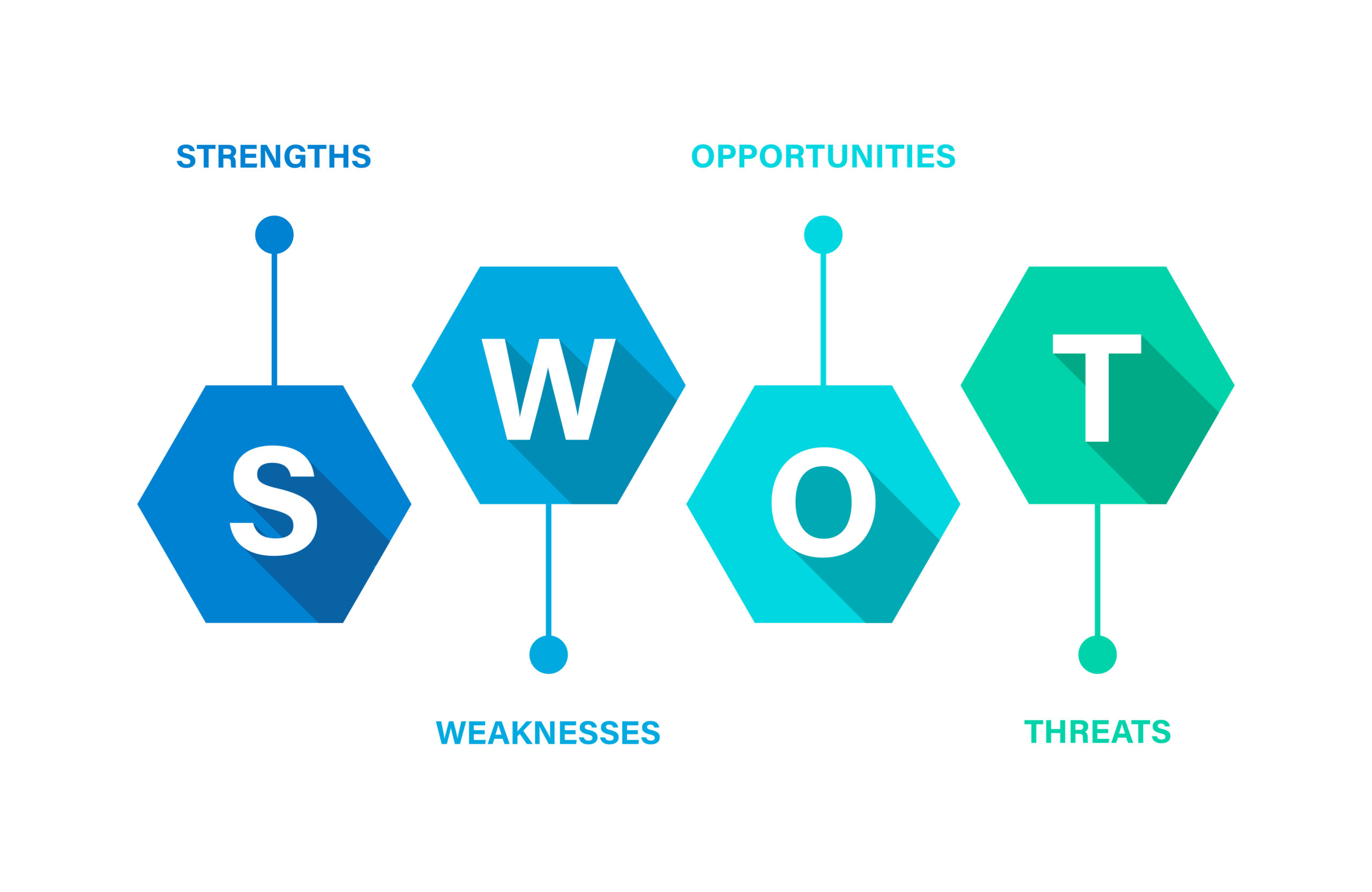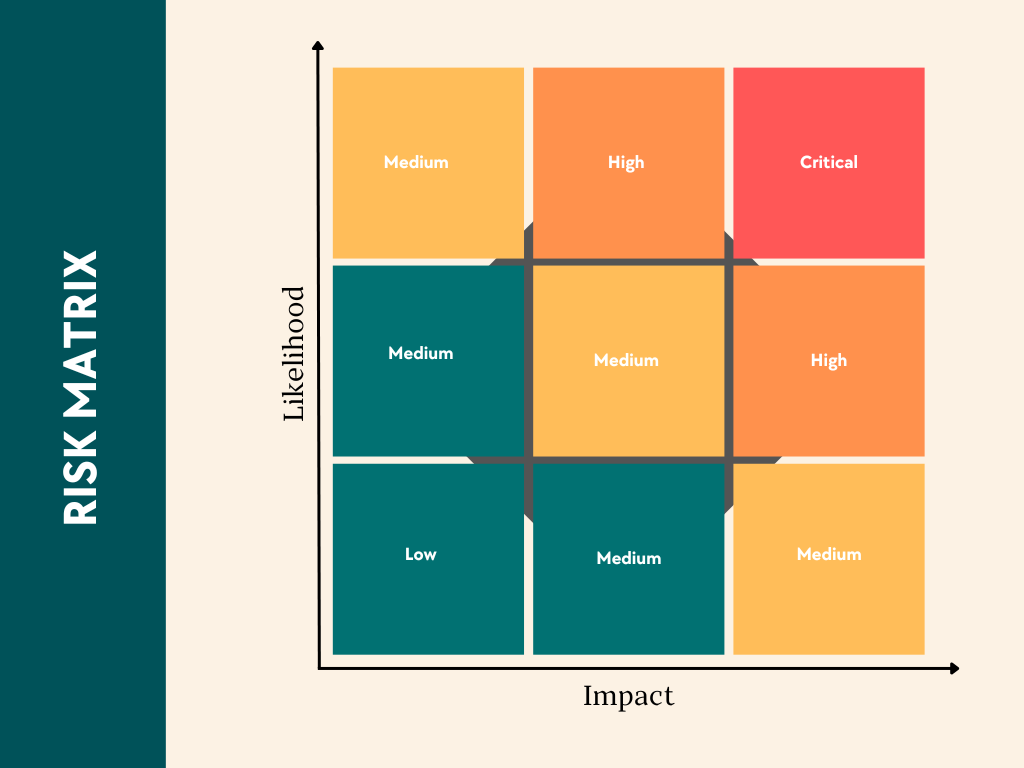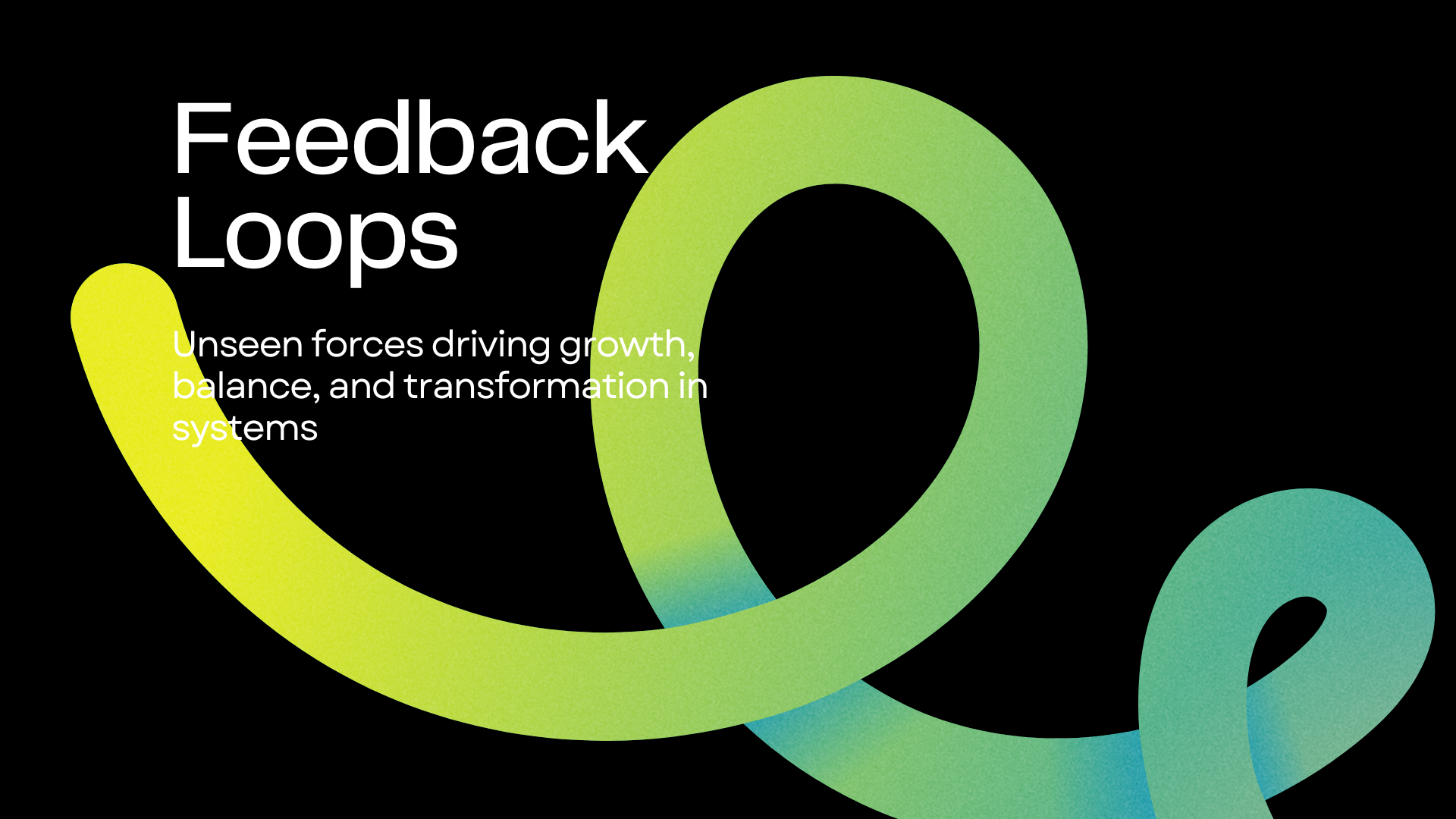Strengths:
- User-Friendly Tools: Offers intuitive tools that help users accomplish tasks efficiently.
- Specialized Focus: Provides targeted solutions within a specific niche, catering to specialized user needs.
- Online Availability: As a web-based platform, it is accessible from anywhere, enhancing user convenience.
Weaknesses:
- Limited Market Reach: The narrow focus may restrict audience growth compared to more diversified platforms.
- Dependence on Online Traffic: Being an online-only business means web traffic fluctuations can directly affect revenue.
- Resource Constraints: Smaller companies often face limitations in development budgets and marketing.
Opportunities:
- Expansion into Related Tools: Broaden the range of tools to attract more users.
- Collaborations and Partnerships: Partner with tech companies or influencers to increase visibility.
- Leveraging Data Analytics: Enhance tool functionality using data-driven insights to boost user engagement.
Threats:
- Competitive Landscape: Larger competitors offering similar tools may pose a risk to user retention.
- Rapid Technological Changes: Keeping up with technological advancements can be challenging.
- Dependence on Search Engine Rankings: Relying heavily on search traffic makes the platform vulnerable to algorithm changes.
The Limitations of Using SWOT Analysis Alone
- Broad and Static Perspective:
SWOT provides a high-level view but lacks the depth needed for specific risk evaluation. For instance, while it might identify “user-friendly tools” as a strength, it does not measure how this advantage compares to competitors or predict how it could change over time. - Lack of Quantitative Risk Assessment:
SWOT categorizes risks but does not quantify their likelihood or potential impact, making it difficult to prioritize actions. A Risk Assessment Matrix would complement SWOT by ranking risks based on likelihood and severity. - Absence of Risk Pathways and Mitigation Planning:
SWOT identifies threats but does not detail how these risks might manifest or suggest specific mitigation actions. Bowtie Analysis can add value by illustrating the controls needed to prevent or minimize the impact of each risk. - Inadequate Focus on Operational and Compliance Risks:
While SWOT is useful for strategic planning, it does not typically address operational risks or regulatory compliance. Integrating frameworks like ISO 31000 or COSO ERM would provide structured methods for managing these risks. - No Ongoing Risk Monitoring:
SWOT is often a one-time analysis, lacking mechanisms for continuous risk monitoring. Adopting a framework that includes Key Risk Indicators (KRIs) or Incident Reporting would allow for real-time risk tracking and adaptive responses.
Combining Multiple Frameworks for a Holistic Risk Management Approach
To overcome these limitations, Toolthink.com should integrate additional frameworks to create a more comprehensive risk management strategy:
- SWOT + Risk Assessment Matrix: Following the SWOT analysis with a Risk Assessment Matrix allows for categorizing threats by their likelihood and impact, enabling the company to focus on the most critical risks.
- SWOT + COSO ERM: The COSO ERM framework helps align the strengths and opportunities from SWOT with the organization’s broader strategic objectives while addressing specific risks.
- SWOT + Bowtie Analysis: Using Bowtie Analysis for significant threats identified in SWOT adds clarity by detailing preventive and mitigative measures for each risk.
- SWOT + Continuous Risk Monitoring: Implementing frameworks that include KRIs or automated risk monitoring ensures that risks are tracked dynamically, and strategies are adjusted based on real-time data.
Conclusion
While SWOT analysis is a valuable tool for understanding an organization’s strategic position, it is insufficient for comprehensive risk management. Integrating additional frameworks like Risk Assessment Matrices, COSO ERM, Bowtie Analysis, and Continuous Risk Monitoring provides a complete view of the risk landscape. For Toolthink.com, using a multi-framework approach ensures that risks are quantified, prioritized, and mitigated effectively, allowing the company to navigate uncertainties and adapt to changes in the market.



